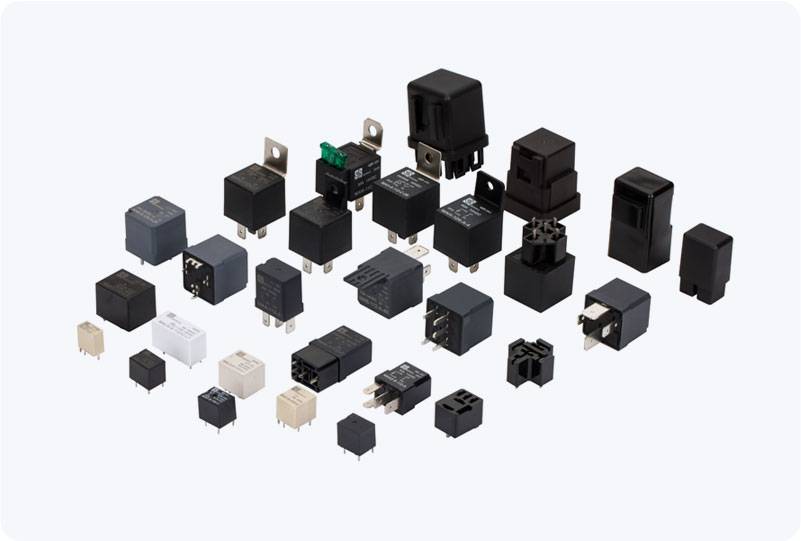relay failure modes in cars: understanding common issues and troubleshooting
Release time:2025-11-12 02:10:19
Relays are crucial components in modern vehicles, serving as the control switches for a variety of electrical systems. These small but powerful devices allow low current circuits to control high current devices such as fuel pumps, air conditioning compressors, and the vehicle's starter motor. Given the pivotal role that relays play in a car's electrical system, understanding their potential failure modes is essential for diagnosing and fixing problems. In this article, we’ll explore the common failure modes of relays in cars, their symptoms, and troubleshooting steps.

What is a Relay?
A relay in a car is an electromagnetic switch used to control high-power electrical devices using a low-power signal. It consists of a coil that, when energized, creates a magnetic field which closes or opens a set of contacts. This action controls the flow of current to a particular circuit or component. A well-functioning relay ensures smooth operation of critical systems, but like all components, relays are susceptible to failure over time.
Common Relay Failure Modes
Contact Wear and Corrosion
Over time, the contacts inside a relay can wear out or corrode due to repeated use and exposure to high current loads. Corrosion often results from the constant heating and cooling cycles, especially in automotive environments where moisture and dirt can accelerate degradation. When the contacts become worn or corroded, the relay may fail to establish a proper electrical connection, leading to erratic operation or complete failure of the connected system. For example, a worn-out starter relay might cause intermittent engine cranking issues or prevent the engine from starting altogether.

